How Super Bowl Halftime Shows Lead to Super Sales, From Michael Jackson to Kendrick Lamar
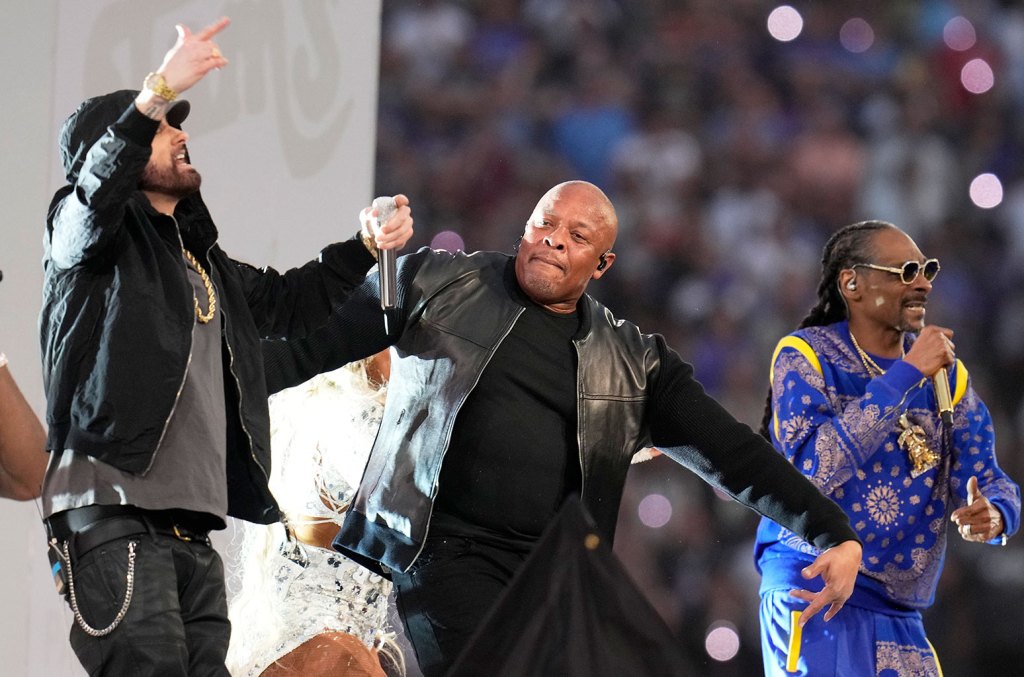
Trending on Billboard
if ( !window.pmc.harmony?.isEventAdScheduledTime() ) { pmcCnx.cmd.push(function() { pmcCnx({ settings: { plugins: { pmcAtlasMG: { iabPlcmt: 2, } } }, playerId: ‘4057afa6-846b-4276-bc63-a9cf3a8aa1ed’, playlistId: ‘7d883b78-ef0d-4bde-94cd-5300fb7fd3e3’, }).render(“connatix_contextual_player_div”); }); } else { // This should only be get called when page cache is not cleared and it’s event time. window.pmc.harmony?.switchToHarmonyPlayer(); }
In 2002, in the week after the Feb. 3 show, performers U2 saw sales for three of the band’s key albums more than double (All That You Can’t Leave Behind, up 142%; Best of 1980-1990, up 154%; The Joshua Tree, up 144%) .
In 2001 (Jan. 28), the all-star combo of Aerosmith, *NSYNC, Britney Spears, Nelly and Mary J. Blige provided some sales punch. Aerosmith was in promotion mode, hyping the upcoming March 6 release of its album Just Push Play by performing its lead single “Jaded.” As for the others, in the week ending Feb. 4, *NSYNC’s current release No Strings Attached moved 46,000 (up 23%), Spears’ Oops! . . . I Did It Again shifted 39,000 (up 4%) and Nelly’s Country Grammar sold 76,000 (up 26%). Blige did not have a current release at the time.
2001 arguably marked a shift in how the halftime show was programmed and produced. While Michael Jackson did change the game in 1993 with his solo headlining turn, it wasn’t until 2001 did the Super Bowl truly begin embracing current superstars.
Between 1997 and 2000, the show housed performances from a motley crew of folks ranging from Boyz II Men and Chaka Khan to Queen Latifah and ZZ Top. All four shows were ensemble affairs, with the 1998 show (a tribute to Motown’s 40th anniversary), featuring no less than five acts. Yet, some of those acts (like Marta Reeves and Smokey Robinson) hadn’t had a major pop hit in many years.
In 1996, Diana Ross was the show’s solo performer, treating the audience to a medley of her hits — both solo and with her former group, the Supremes. She closed the show with two new recordings, a cover of Gloria Gaynor’s “I Will Survive” and an original tune, “Take Me Higher.” The two songs were lifted from her then-current Take Me Higher album, which sold 3,000 the week after the show (up 74%).
In 1994, country stars Clint Black, Tanya Tucker, Travis Tritt and the Judds played, while the next year, Patti Labelle, Teddy Pendergrass and Tony Bennett were among the guests. Neither show caused a huge surge in sales for any of the the acts.
We finally arrive at Jackson’s star turn in 1993. During the Jan. 31 show, he played three songs from his 1991 album Dangerous, as well as the classic 1982 single “Billie Jean.”
Sales of Dangerous shot up dramatically in the week of the show as well in the following weeks. In the week ending Jan. 31, it moved 21,000 (up 83%) for its best sales week outside of the Christmas season since July the previous year. In turn, the album vaulted from No. 88 to No. 41 on the Billboard 200 chart, the set’s highest rank since June of the previous year. The next week, Dangerous climbed to No. 26 with 29,000 (up 40%) and then sold in excess of 50,000 for the next six straight weeks.
Link to the source article – https://www.billboard.com/lists/super-bowl-halftime-shows-music-sales/
-
Soprano Ukulele Beginner Pack, 21 Inch Basswood kids Ukuleles Starter Kit with Gig Bag Digital Tuner Spare Strings and Picks. (pink)$47,99 Buy product
-
from Yamaha AN1X – the very Best of – Large unique original 24bit WAVE/Kontakt Multi-Layer Samples Library$14,99 Buy product
-
YQBOOM 10PCS 41mm Piezo Disc Transducer Contact Microphone Trigger Sound Sensor with 3.94 Inches Wires for Acoustic Instrument,Mic Drum Trigger Acoustic Pickup CBG Guitar$9,99 Buy product
-
Podcast Equipment Bundle for 2,Audio Interface with DJ Mixer All-In-One with Dynamic Microphone Fitted Vocal Mic Voice Recording Streaming Singing$249,99 Buy product
-
On Stage XCG4 Velveteen Padded Tubular Guitar Stand – (2 Pack)$24,00 Buy product
-
Miniature Wooden Mandolin Model Mini Wooden Mandolin Model Dollhouse Accessories Musical Instrument Small Craft Ornaments for Home Decor$17,39 Buy product






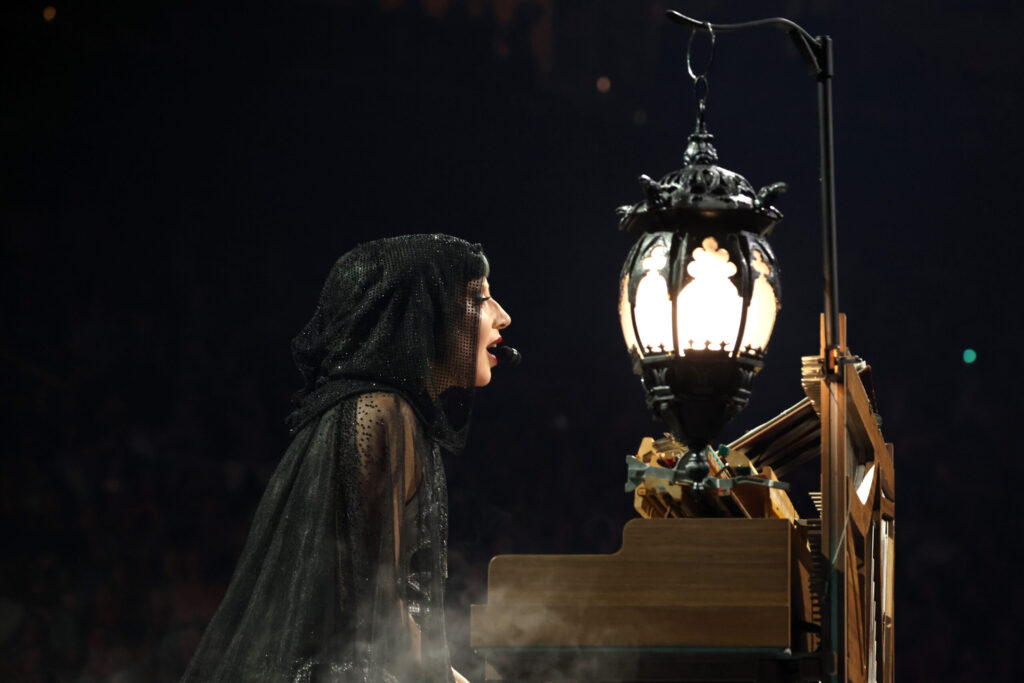
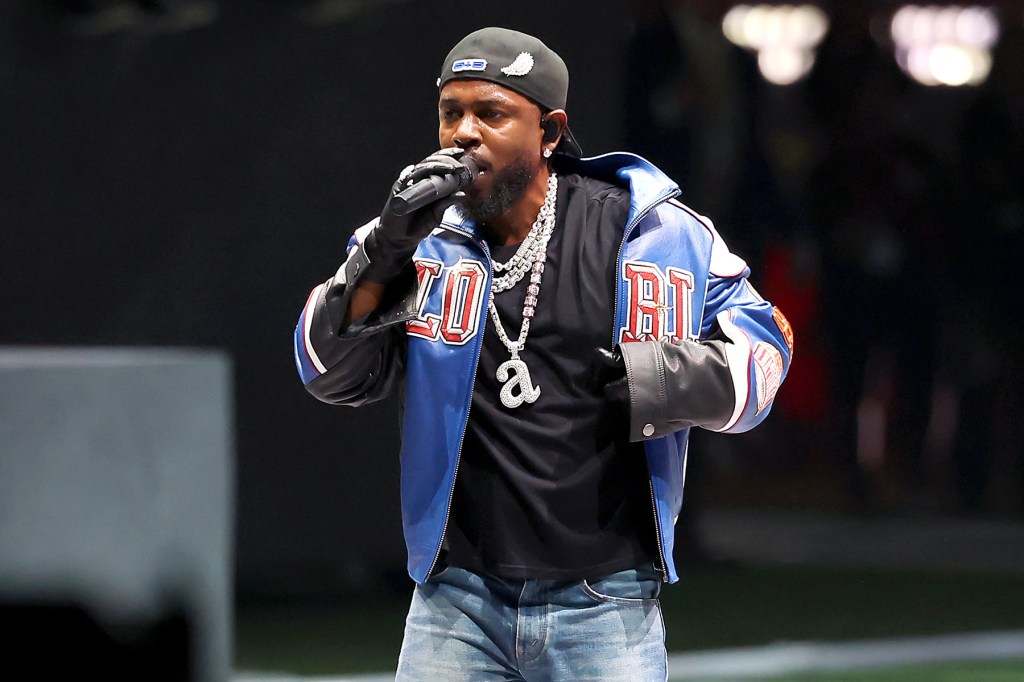
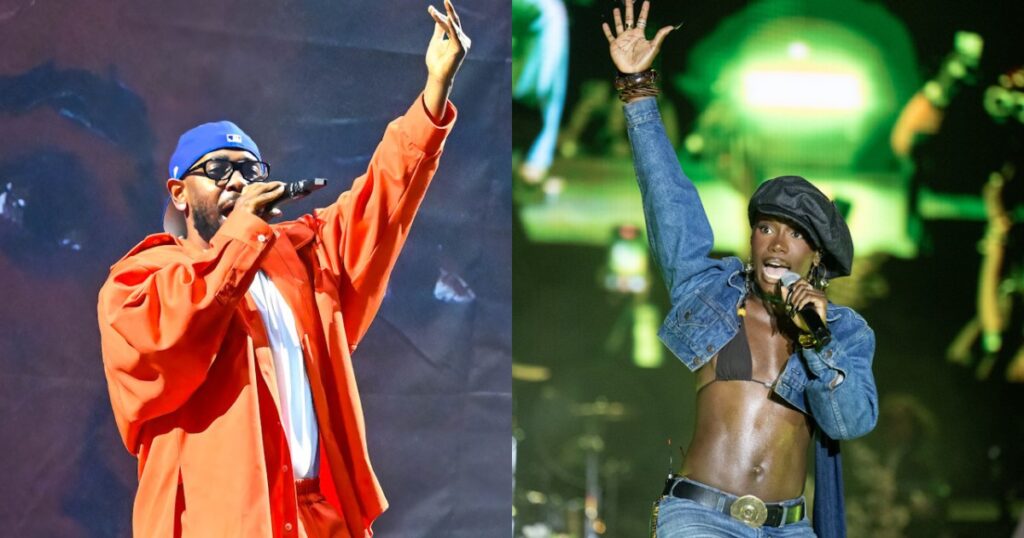
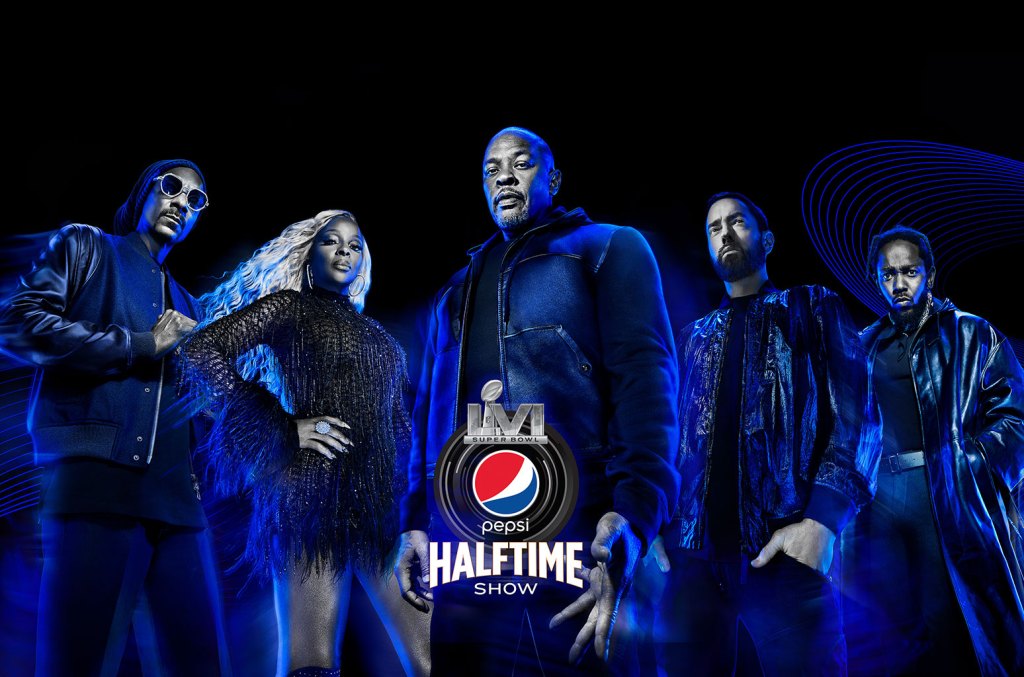
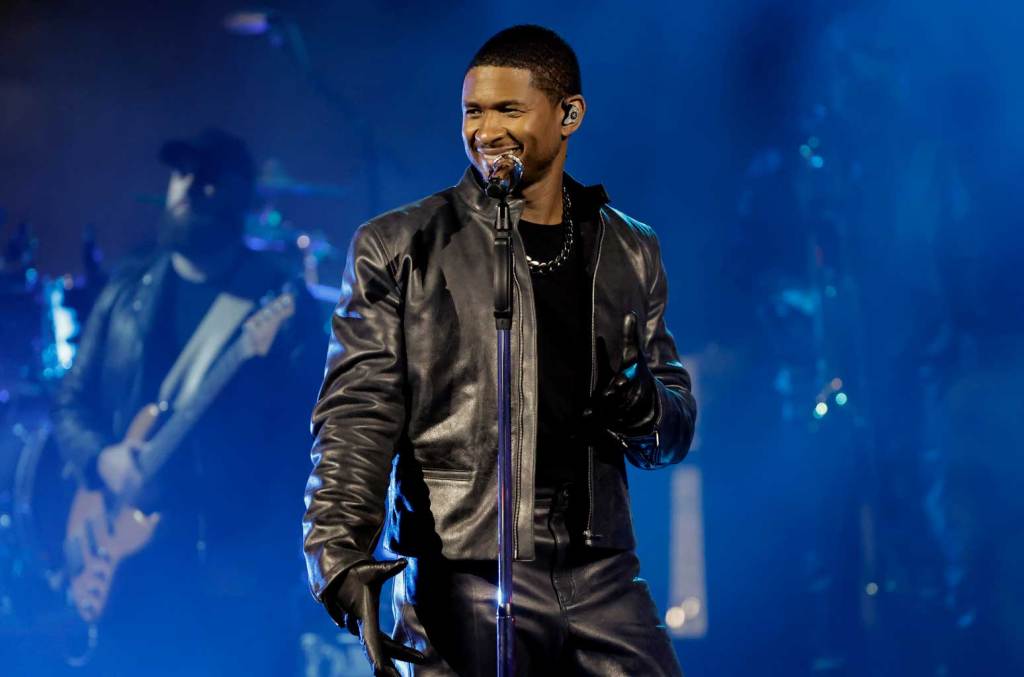
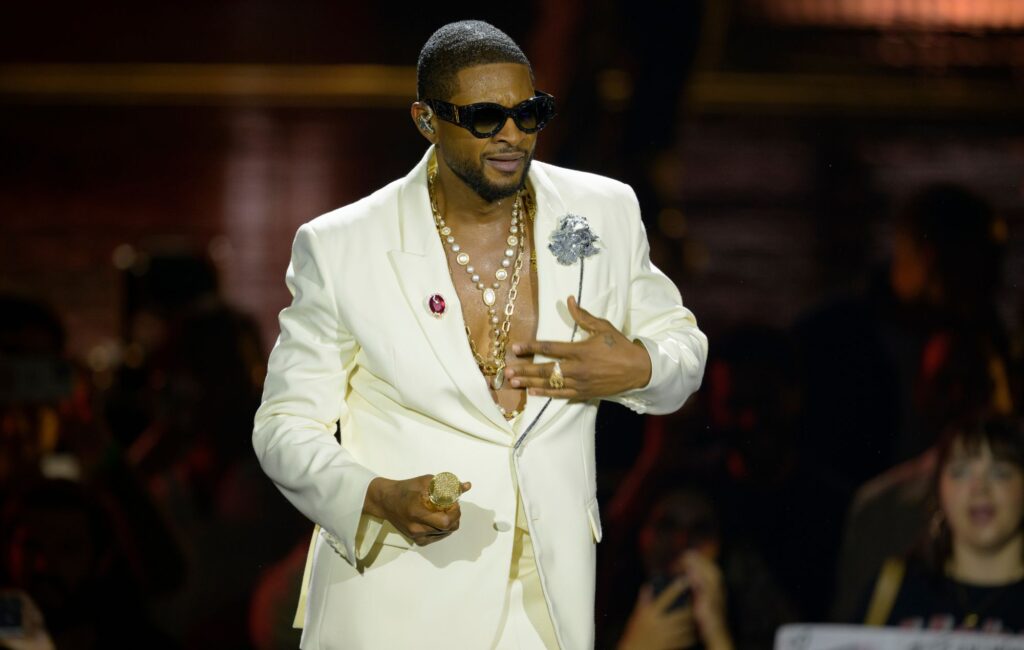
Responses